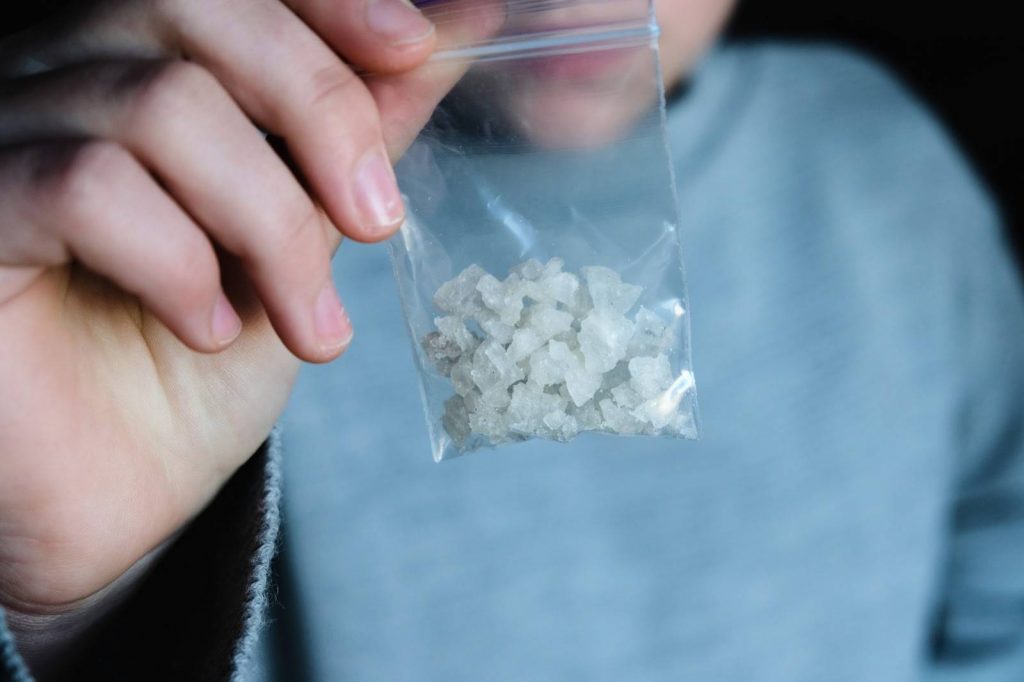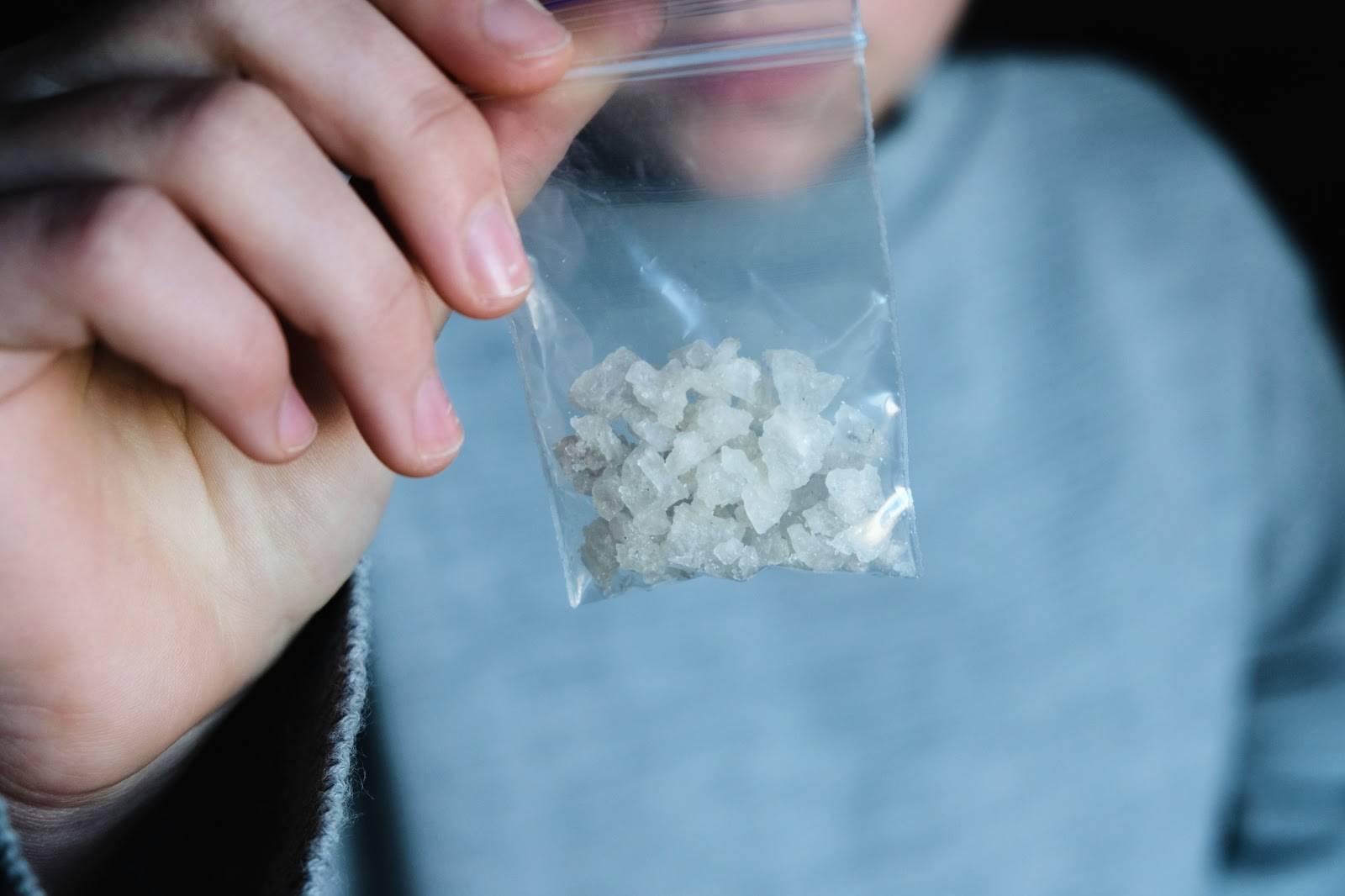Any addiction can wreak havoc on our lives and the lives of our loved ones. Addictions have the ability to change our personalities and greatly affect our reality. In this article we look at ‘Our People on Meth,’ with an attempt to understand the powerful allure of this substance for so many.
We may see a loved one suffering from addiction and not even recognize them anymore. We wonder what changed and how we can return them to health and well-being. For people on meth, these changes can be even more dramatic.
People on meth truly aren’t themselves. Like any addiction, meth has a way of hijacking the brain which alters a meth user’s reality. They can no longer distinguish who they truly are when on the drug.
This extreme high matched with an extreme low is what makes meth so addictive. People on meth began to believe that the only way they will feel joy and ease again is if they use. This belief system accompanied by withdrawal symptoms is what keeps a meth addict going back to their drug of choice over and over.
So, what does a meth user actually experience while high? And, what do they experience after the high wears off?
Read on to find out how people on meth think, behave and feel.
People on Meth: How Meth Changes the User
People who seek out meth do so for a variety of reasons. Some are doing so to escape from negative emotions whereas others are seduced by its ability to help them lose weight. But, once the initial high wears off meth users typically find themselves in a worse state than they were before.
This is what leads the meth user to a cycle of addiction. Like all humans, they want to avoid pain and find pleasure. But, meth provides them with such an extreme contrast that their addiction completely takes over their lives.
So, how does the meth high keep users addicted? And, what do they experience while on the drug? Explore the following stages of meth addiction and how to know if your loved one may be on meth.
Stages of Meth Use Explained
The following outlines the stages of meth use. These stages demonstrate what the meth user is experiencing while under the influence of meth.
1. Getting High
The high initial high is what keeps the meth user addicted. The initial high also called “the rush” induces a feeling of euphoria. However, for some people, this feeling can at first be alarming.
But, once the brain associates the rush with positive feelings, the user will believe they can achieve this over and over again. During this phase, the heart rate quickens, metabolism goes faster, and blood pressure rises. This initial rush can last for up to 30 minutes.
Once the initial rush wears off, the user is now in the high state. During the high, meth users frequently feel grandiose. They feel more confident, invincible, and super-human. They believe they can accomplish any feat and will often be aggressive, violent, or argumentative during this phase.
They might also become highly focused on a single task for hours on end. This is also the phase where injuries occur due to a sense of grandiosity. For example, the user may try to test their speed by running out into oncoming traffic.
During the high, what’s most notable and common is a loss of self-awareness. This is especially true if the meth user is only surrounded by other meth users.
They begin to believe that their thoughts, behaviors, and feelings are normal.

2. Bingeing/ Maintaining the High
The next phase of meth addiction is the bingeing phase. The bingeing phase is needed to maintain the high and avoid coming down from the drug. However, the user discovers that each time they use the initial high becomes less and less effective.
This is because their bodies are becoming tolerant to the effects of the drug. During this phase, the body and mind will be hyperactive. The user will get more and more restless and they will show more signs of erratic behavior.
This is because the drug is having less and less of an effect which makes the user powerless and fearful.
3. Tweaking
Once the meth user can no longer feel high, they’ve reached the tweaking phase. The tweaking phase is most commonly portrayed in the media, and this is because of how intense it can be. During the tweaking phase, the user may begin to enter a meth-induced psychotic state.
During this psychotic state, the user will feel like they have lost all sense of their identity. At this time, meth users commonly believe that bugs are crawling under their skin which leads them to pick and create sores. This psychotic state is not only brought on by the drug, but also the fact that the user cannot sleep during this time.
Tweaking also makes people on meth have hallucinations. The hallucinations can be so overwhelming and lead the person on meth to act out. During this time, the user may become violent or harm themselves.
4. Hangover and Crash
After a binge, a meth hangover and crash is inevitable. First, the meth user’s body will seek to shut down leading them to sleep for hours on end. They could very well be sleeping from one to three days.
This happens because of the drugs overwhelming affects on the body. It essentially demonstrates the common saying, “what goes up must come down.” And, since meth has such an extreme effect on the body and mind, it makes sense that it would need to recover through sleep for long periods of time.
Once people on meth awake from the crash, they will experience a meth hangover. During this time, they will feel physically and mentally off balance. They will feel dehydrated, extremely hungry, and exhausted.
This phase is what beckons the meth user to use meth again. To rid themselves of these feelings, they believe that using again will be the answer or cure to their dilemma.
5. Withdrawal
After one to three months, the meth user will realize that they are in meth withdrawal. That is if they haven’t used again during the previous phase. During withdrawal, the meth user will feel depressed and have difficulty experiencing pleasure.
The user will likely start craving meth again at this time. They might also become suicidal.
Physical and Mental Signs of Meth Use
One of the most pronounced physical signs of meth use is weight loss. Other physical signs of meth use include tooth decay and tooth loss, dilated pupils, and skin sores on the face or other parts of the body.
Long-term physical signs of meth include cardiovascular problems, rapid aging, and damage to organs.
The mental signs of meth use are vast. And similar to the physical symptoms of meth use, they are also very noticeable. Especially, if your loved one is acting drastically different than their usual personality.
Some mental signs of meth use include paranoia, being on edge or aggressive, and in a state of psychosis. After long-term use, your loved one may also exhibit signs of depression, suicidal thoughts and ideations, and disorientation.
Changes to Daily Life and Behavior
The physical and mental signs of meth addiction can be alarming, but the behavioral changes may be most notable. People on meth are likely to neglect their children, finances, and employment responsibilities. They may isolate or act out in erratic ways.
Their behavior is likely to be grandiose and impulsive as well. Understandably, this can lead you to worry about your loved one and their future.
But, because of the overpowering effects of the drug, it will likely be difficult to convince your loved one that their behavior is damaging. This is especially true when your loved one is experiencing the first three stages of meth use.
How to React to Your Loved One’s Meth Use
It is important to never confront and communicate with your loved one about their addiction while they are under the influence. Not only will this likely be unsuccessful because of the side effects of the drug, but it could also put you in harm’s way. Instead, talk with your loved one once they are sober and more willing to get help.
Approach them in a loving and concerned manner. Empathize with them and listen non-judgementally.
This will be very difficult for many to do, however. Since meth addiction can wreak havoc on families and the lives of others, you may feel angry and resentful towards your loved one. In this case, have an objective person with you when you decide to speak with them such as a counselor or a family friend.
People on Meth: Getting Help and Recovery
People on meth need help and a recovery program. If they refuse recovery, then make sure to lovingly set boundaries and stick to them. Even though your loved one chose to use meth initially, it doesn’t mean that they would choose to live the life they are currently living.
This is the power of addiction. But, thankfully, addictions are treatable and sobriety can be achieved with support, therapy, and guidance.
Need a recovery center to help you or your loved one recover from addiction? Contact us today to learn more about our programs and begin the journey to recovery.

